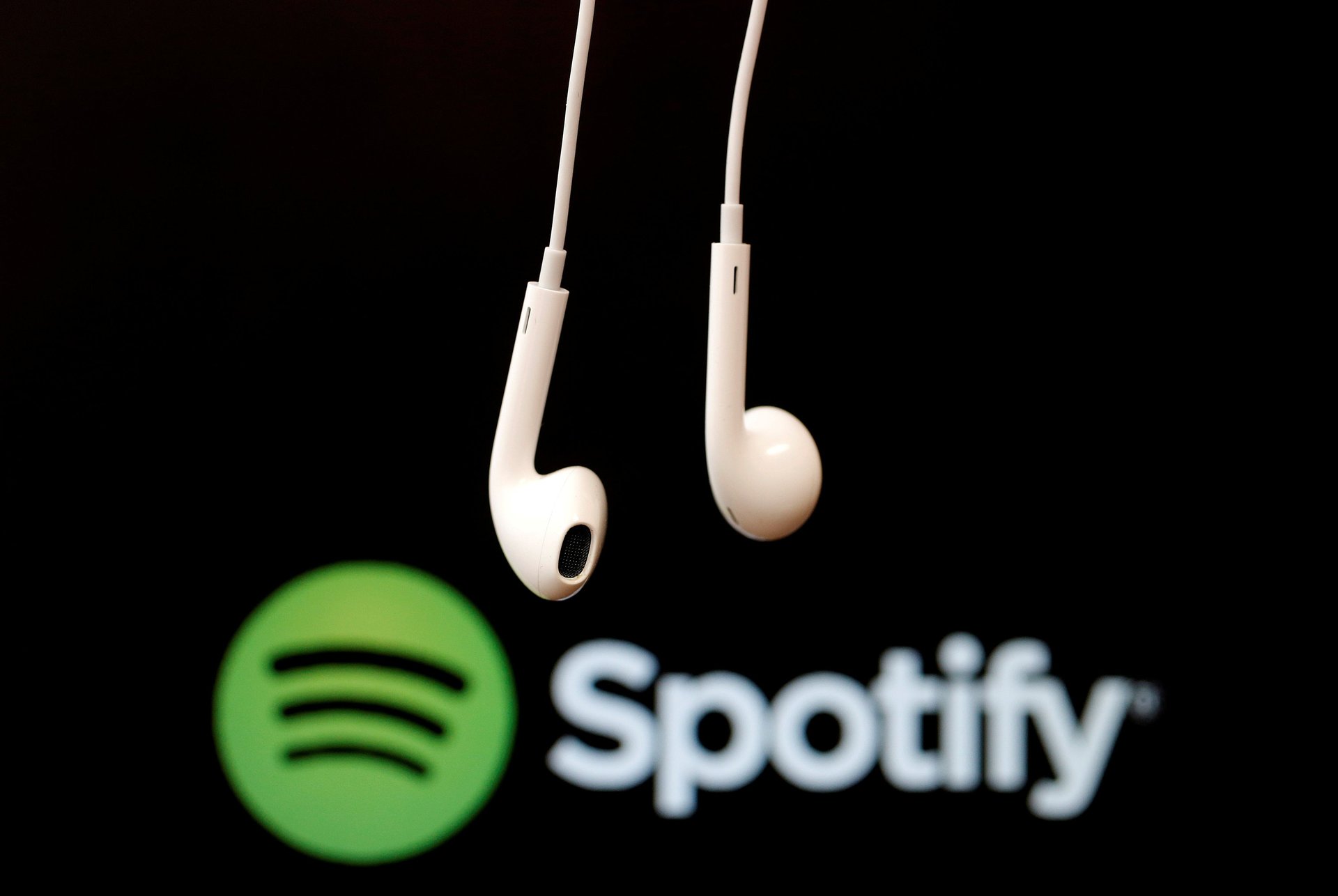Music streaming may actually be falling because of coronavirus
The isolation caused by the spread of coronavirus means people are sitting inside all day streaming music, right? Actually, maybe not. At least for the most popular songs, people in some highly affected countries are streaming far fewer songs during the pandemic than before.


The isolation caused by the spread of coronavirus means people are sitting inside all day streaming music, right? Actually, maybe not. At least for the most popular songs, people in some highly affected countries are streaming far fewer songs during the pandemic than before.
In Italy, one of the countries hardest hit by coronavirus, the top 200 most streamed songs on Spotify within the country averaged 18.3 million total streams per day in February 2019. Since Italy’s prime minister announced a national quarantine on March 9th, the total streams for the 200 most popular songs have not topped 14.4 million. There was a 23% drop in top 200 streams on Tuesday March 17th compared to Tuesday, March 3rd.
Spotify does not share overall stream numbers, so it is possible that while top 200 streams are falling, overall listenership could be stable. It may be that less popular, older music is thriving. It’s also conceivable that there are other factors leading to lower streaming—total streams can swing substantially from one week to another. And it is possible, though unlikely, that this could be a coincidence. (Spotify declined to comment for this story.) Spotify’s competitors, like Apple Music and YouTube, do not list daily streaming numbers for popular songs, so it was not possible to know whether these other platforms are seeing a similar drop.
The trend is similar in the US. On March 17th, total Spotify streams of top 200 songs fell to 77 million streams. This was the lowest number of top-200 streams in the US for any Tuesday in 2020, and about 14 million streams fewer than just a week before. Total top-200 streams are also down in the UK, France, and Spain as well.
The decline in streaming of popular songs may seem counterintuitive. It seems logical that people stuck at home would be likely to put on music to keep them company. But that’s not how people tend to listen. The most popular days for streaming are Friday and Saturday, when people are most likely to go out. It appears listeners are more likely to stream songs when life is more normal and they are looking to have some fun.
If overall streaming really is declining, this won’t necessarily be too costly for the music business. Streaming revenue accounted for nearly half of all music industry revenues in 2019, according to music industry association IFPI. Yet 90% of Spotify’s revenues come from paid subscribers, and only about 10% comes from advertisements to non-paying users. Subscribers pay the same amount no matter how much they stream, so declining streams will only impact the smaller, volume-dependent, advertising revenue side of the business.